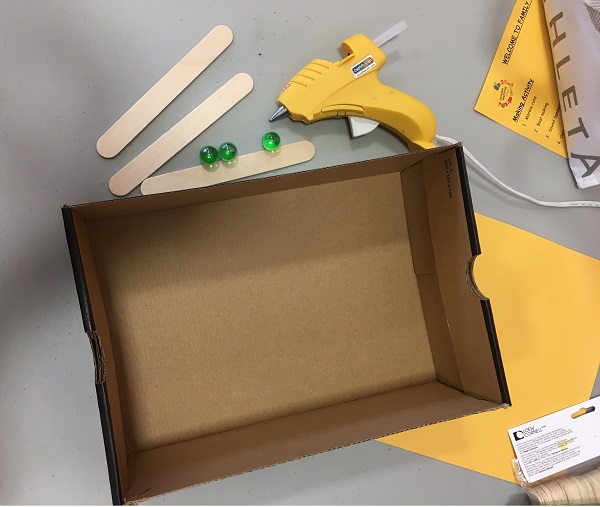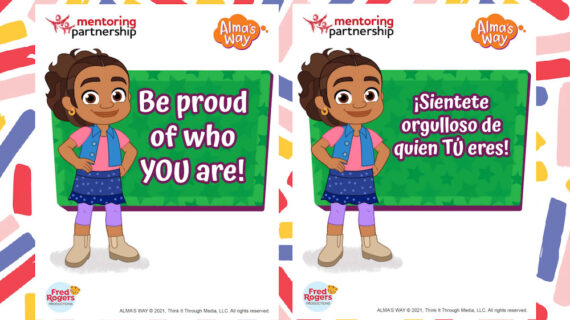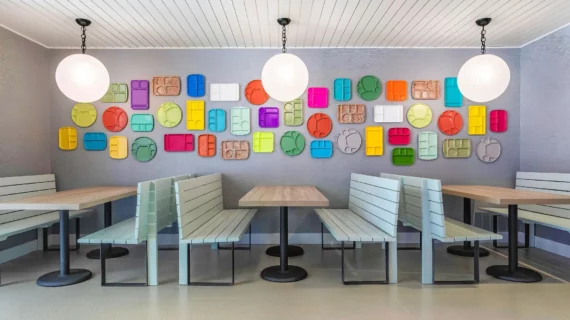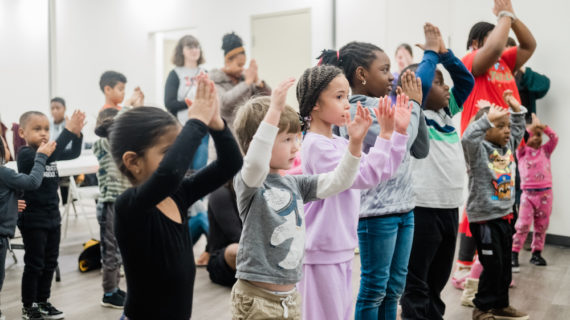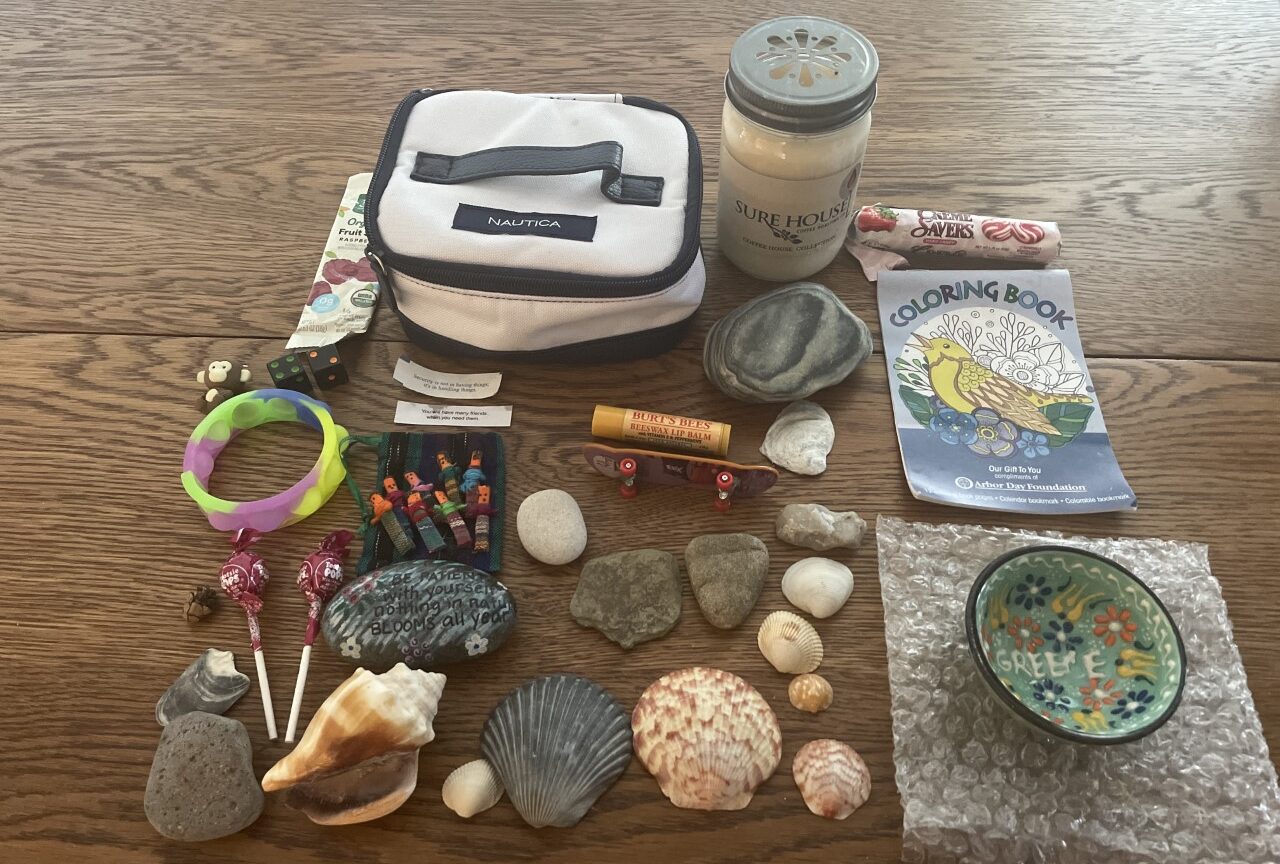
What is a grounding kit? Learn how to make this tool that can help with emotional regulation.
Photo above courtesy of Heather Hackett.
Grounding is a term sometimes used interchangeably with centering. Each refers to strategies that help a person focus their attention on the present moment. There are many situations in which grounding may be beneficial (e.g., athletes may use it to boost their performance) and there are countless techniques to explore such as meditation, yoga, gardening, and standing or walking barefoot.
Grounding kits are a great resource to keep on hand for situations in which a person needs relief from stress, anxiety, or both. These kits are also beneficial for all ages, so consider joining your children to create kits together.
What is a grounding kit?
Whether a person is feeling nervous, worried, angry, or simply unbalanced, taking actions to ground our energy can help us become calm and better able to experience or manage our emotional state. A grounding kit, sometimes referred to as a self-soothing toolkit or coping toolbox, is made up of physical objects that you and your children decide upon.
Grounding methods that involve the five senses (sight, sound, taste, touch, and smell) may help interrupt disruptive or disturbing thoughts and symptoms, so consider including at least two items for each sense. Some people may respond more to one sense or a few, however, so it’s helpful to consider what appeals the most to an individual as they create their grounding kit and stock up more heavily with items relevant to that sensory area.
There are no “right” or “wrong” objects to include in a grounding kit and what works for one person may not work for another. For example, if you are highly sensitive to noises and sounds, then a loud wind-up toy or popping bubble wrap is the opposite of helpful even if it’s the go-to strategy for someone else.
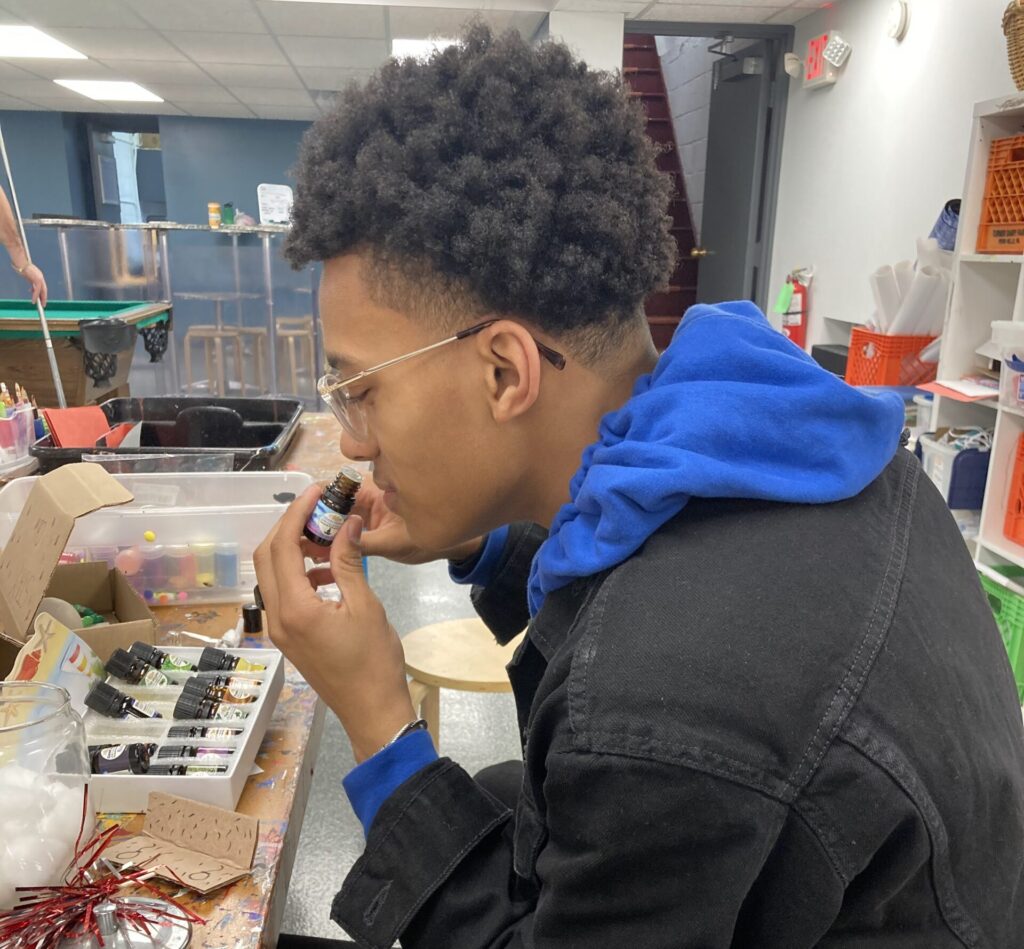
Making your own grounding kits
Although some vendors sell ready-made grounding kits, they’re easy to make yourself. You may also consider creating two grounding kits: one that stays at home and includes bulkier objects and a separate mobile kit with fewer items that you can take anywhere.
First, simply choose a bag, box, or other receptacle; you’ll ideally want something small enough to carry around with you in a pocket, purse, or bookbag. Then, compile your grounding objects. You may already have plenty of useful supplies at home, but it’s also possible to buy grounding objects on a slim budget. Pittsburgh Center for Creative Reuse is a non-traditional art supply shop located at the intersection of Wilkinsburg, Homewood, and Point Breeze that makes the perfect destination to shop for unique and affordable kit-making supplies. You could also cruise the aisles at your local thrift store, there’s no need to make this an expensive project.
Below is a list of items corresponding to each sense. Consider including them in your grounding kit:
Sight
Photographs
Postcards
Color swatches
Construction paper
Colored pencils, markers, or crayons
Sound
A pair of headphones
Mini singing bowl
Bubble wrap
Toys that make noise
Music box
Taste
Chapstick or lip balm
Tea bags (especially herbal blends)
Mints
Candy
Chocolate
Touch
Fidget items, such as spinners, cubes, and jewelry
Weighted blanket
Dice to roll
Natural objects like rocks, shells, and pine cones
Items with different textures like a smooth marble, a piece of sandpaper, tissue paper, soft fabric, feathers, pom-poms
Smell
Essential oils, such as peppermint, lavender, and citrus scents
Candles (the flame works for sight too!)
Lotion
Jar of spices
Fragrance sachet
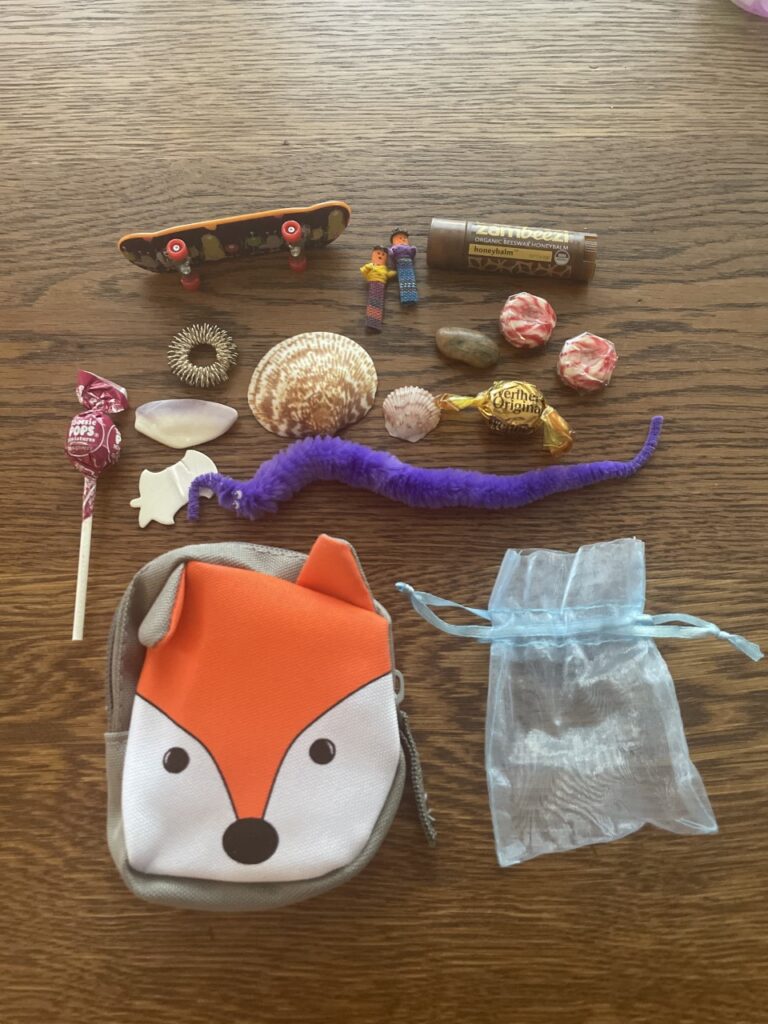
What do young folks think?
Since its founding in 2015, local nonprofit Brookline Teen Outreach has been offering free programs for youths aged 10-18 that are founded in education and counseling theories focused on developing the social-emotional learning of students while also engaging them in activities and their community. Earlier this month, youths visiting the center created their own grounding kits.
Alana, age 12, described the activity as calming and commented, “I know that I’ll keep adding to it, too.”
Sa’Niya, age 13, said, “The whole time I was making my kit I was thinking about the times I get really frustrated and what would help me the most.”
Caitlin McNulty, a co-founder of Brookline Teen Outreach said, “It was wonderful to see the kids add their own sense of self and preferred coping skills to make the kits their own.” For example, Keith, age 15, loves smells and fidgeting, and Mia, who is 12, incorporated photos of her friends along with scents because these objects help her relax.
Cosi, age 13, was already a fan of fidget toys and jewelry before heading to PCCR to make a grounding kit. “They really help me focus, like when I’m doing a school project,” she said.
As Cosi explored the treasures she found it helpful to touch and hold items before deciding if they should be included in her kit. She considered beads and marbles, then decided she only found these objects soothing when they were in a big bowl so she could run her hands through many of them at a time.
A smooth rock captured her attention the most and she commented on how pleasing it was to run her fingers along it. Many people like shells and rocks in their grounding kit, so she tried a few out and decided that they weren’t for her. Something about the way it felt when her fingernail touched it reminded her of nails on a chalkboard.
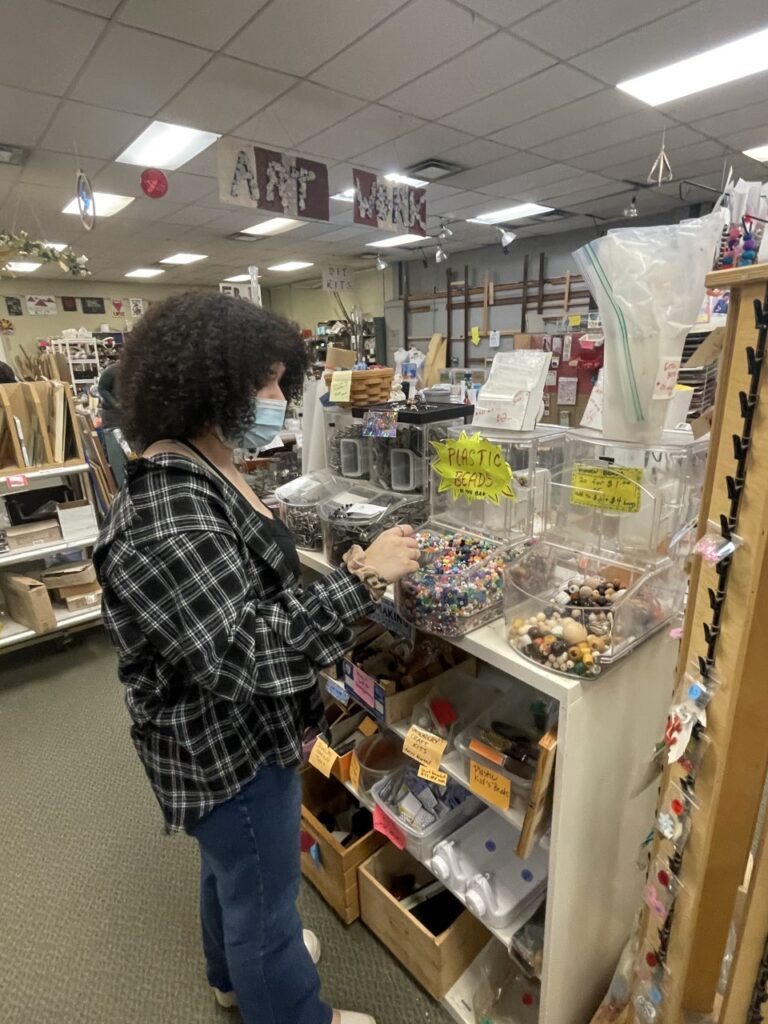
Using a grounding kit
Once your grounding kit is ready, try to have it with you and accessible as much as possible. The more a person practices engaging with their objects, the greater the chance that this technique will help in periods of heightened stress. You and your children can try spending a few minutes per day for the first week or two exploring your kits to see which items you each respond to most; contents can always be added or removed.
Finally, remember that the purpose of the grounding kit is not to avoid problems or get rid of difficult emotions. Feelings are important and should not be ignored! But this nifty little resource may allow a person to take a step back from stressors and triggering situations and hopefully regroup and reapproach the circumstance in a calmer, healthier way.
Are you signed up for the Kidsburgh newsletter? It’s the best way to make sure your family knows what’s going on around the city.
